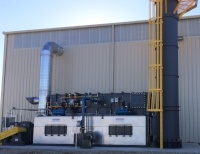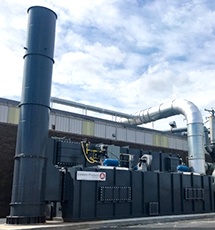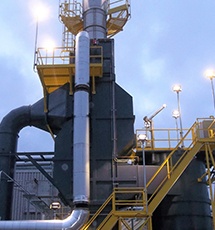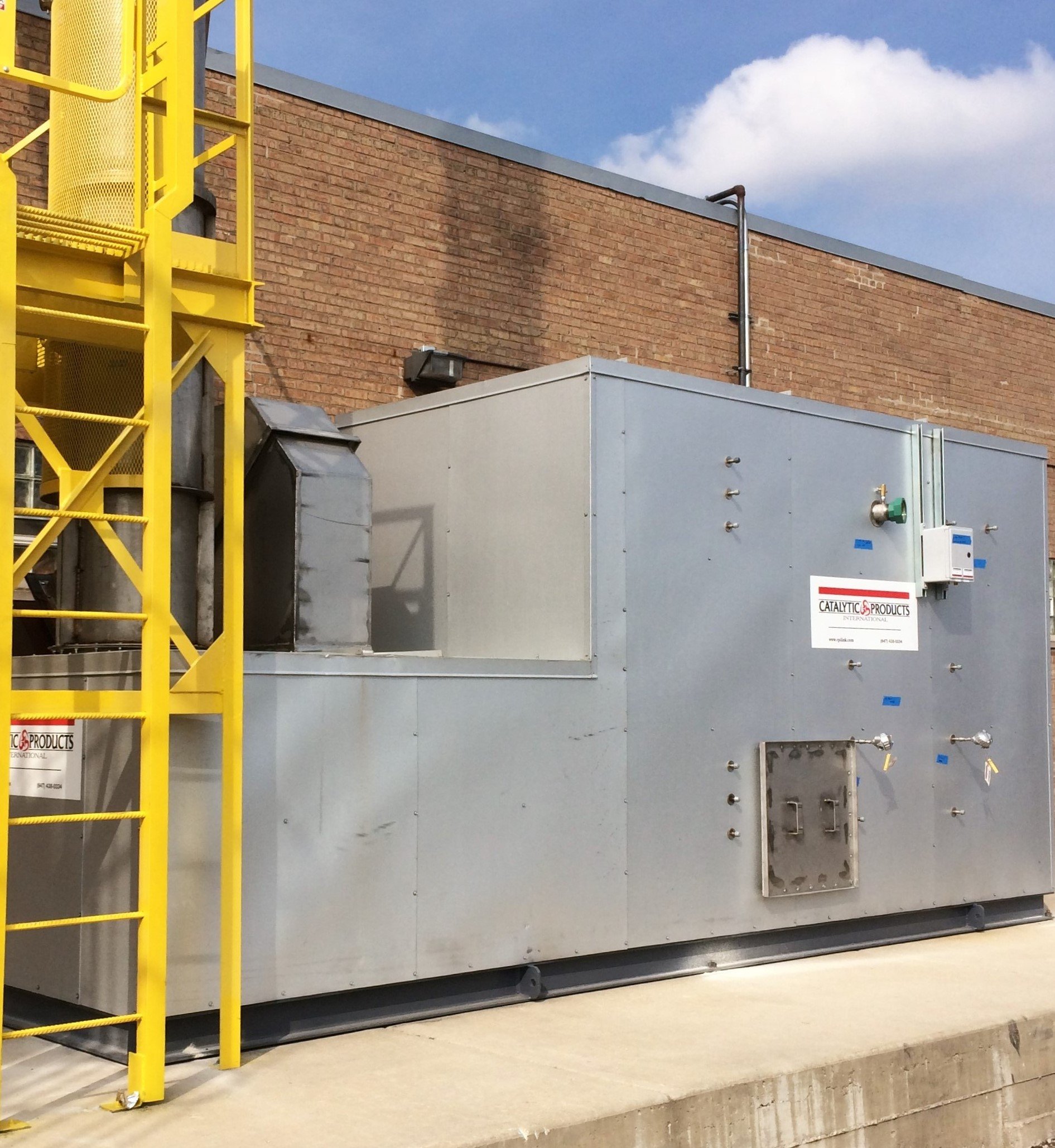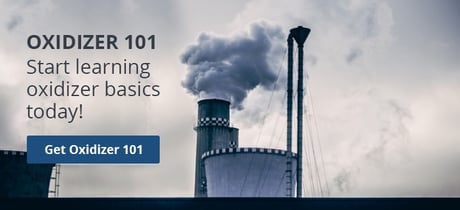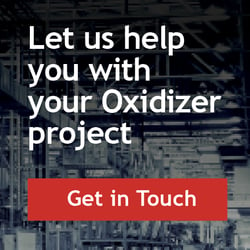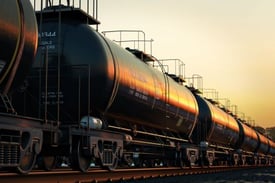 Trains and locomotive railcars operate in harsh environments which degrade the exterior paint and protective finish over time. For the interior of the tank and hopper cars, the linings must provide protection from highly corrosive cargo which can lead to heavy corrosion and premature coating failure. These vessels require durable and long-lasting finishes as varying weather and cargo can strip away these protective coatings.
Trains and locomotive railcars operate in harsh environments which degrade the exterior paint and protective finish over time. For the interior of the tank and hopper cars, the linings must provide protection from highly corrosive cargo which can lead to heavy corrosion and premature coating failure. These vessels require durable and long-lasting finishes as varying weather and cargo can strip away these protective coatings.
Most surface coating operations involve the manual application of paint with spray equipment inside a paint spray booth. A spray booth is a ventilated work chamber for containing the spray application of a surface coating onto a work piece. The ventilating air is frequently heated or cooled and then drawn across the entire cross section of the booth as uniformly and free of turbulence as possible. The ventilating air entrains the overspray (wasted paint that forms a fine dust after failing to adhere to the work piece) and solvent vapors and carries them through the exhaust stack to the atmosphere.
The application of these solvent based finishes, while improving product performance or extending product life, releases significant emissions of Volatile Organic Compounds (VOCs) and solids into the environment. VOCs react with nitrogen oxides (NOx) in the presence of sunlight to form ground level ozone and as such are regulated as an ozone precursor under EPA’s criteria pollutant program. Thermal oxidation is a widely used technique to eliminate the VOCs and other air pollutants from these processes.
Thermal treatment of VOCs and other air pollutants works by a simple reaction of the harmful hydrocarbon-based air pollutants with oxygen and heat. In this environment, the VOCs are chemically oxidized to form harmless inert by-products like CO2, water vapor (H2O) and usable heat. These harmless by-products are released to the atmosphere or used within primary or secondary energy recovery techniques to further lower the operational costs.
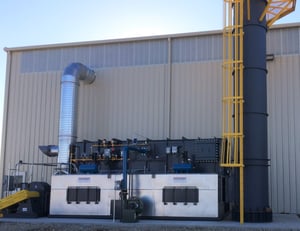 Regenerative Thermal Oxidizers (RTOs) are recognized as the most effective and cost-efficient way to thermally destroy the VOCs from these processes. During operation of the RTO the VOCs are ducted into one of the system generators, an internally insulated vessel containing specialized ceramic media which allows thermal rate efficiencies up to 97%. The contaminated gases are passed through the first regenerator where energy is transferred from the ceramic media to the gases in order to elevate the temperature of the gases. After reaching this elevated temperature which approaches the ignition level for most solvents, the gases are directed to the internally lined combustion chamber. In the combustion chamber minimal heat is added to ensure a proper oxidation temperature and designed dwell time and turbulence are maintained providing destruction of the VOCs at greater than 98% efficiency. The resultant clean, oxidized gases are redirected into the second regenerator bed to continue the energy transfer and oxidation cycle before being released to the atmosphere.
Regenerative Thermal Oxidizers (RTOs) are recognized as the most effective and cost-efficient way to thermally destroy the VOCs from these processes. During operation of the RTO the VOCs are ducted into one of the system generators, an internally insulated vessel containing specialized ceramic media which allows thermal rate efficiencies up to 97%. The contaminated gases are passed through the first regenerator where energy is transferred from the ceramic media to the gases in order to elevate the temperature of the gases. After reaching this elevated temperature which approaches the ignition level for most solvents, the gases are directed to the internally lined combustion chamber. In the combustion chamber minimal heat is added to ensure a proper oxidation temperature and designed dwell time and turbulence are maintained providing destruction of the VOCs at greater than 98% efficiency. The resultant clean, oxidized gases are redirected into the second regenerator bed to continue the energy transfer and oxidation cycle before being released to the atmosphere.
Catalytic Products International (CPI) has installed numerous TRITON Series Regenerative Thermal Oxidizers (RTOs) at paint spray booth facilities including the case here of a railcar manufacturing and refurbishing operation. In this application the railcar manufacturer needed to safely and effectively treat the emissions from both the exterior and interior railcar paint booth systems.
Exterior Surface Coating
A 15,000 scfm CPI TRITON-15.95 Regenerative Thermal Oxidizer (RTO) was installed to destroy the incoming VOCs from two (2) recirculating exterior paint spray booths at a destruction rate efficiency (DRE) of 98% and at a thermal rate efficiency (TRE) of 95%. The exterior paint system included construction of a VOC collection system which routed the process gas stream to the RTO mounted outside the building.
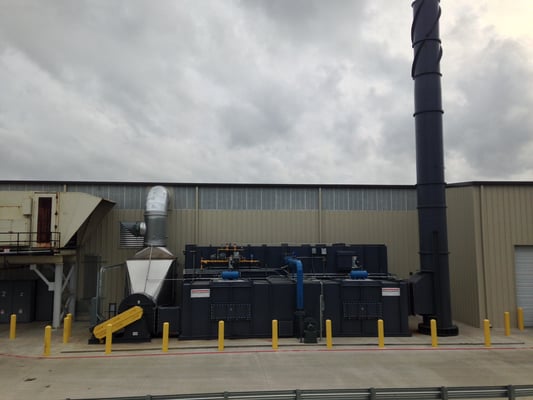
Interior Lining Process
A 35,000 scfm TRITON-35.97 Regenerative Thermal Oxidizer (RTO) was installed to destroy the VOC's from the interior lining process at a destruction rate of efficiency (DRE) of 98% and at a thermal rate efficiency (TRE) of 97%. The interior lining coating system utilizes the railcar itself as the enclosure. To control the VOC emissions generated from the interior lining system, the railcars must operate as a Permanent Total Enclosure (PTE) and meet the requirements set forth in EPA Method 204. A properly designed PTE provides 100 percent capture of the VOC emissions so that they may be collected and directed to the control device.
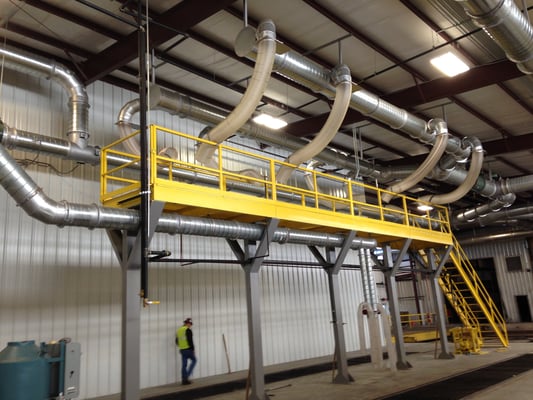
Upon completion of the concrete foundations supplied by the customer, CPI provided installation services for the RTOs including rigging, electrical and ductwork design and installation along with a special control and monitoring package. CPI acted as a liaison with the customer and local contractors to provide both on-site and in-office support to ensure compliance with the provided bid specifications.
Large Component Painting & Surface Coating Applications
The challenges associated with surface coating of large assemblies such as railcars are also experienced in several other industries including above ground storage tanks, structural towers, wind towers, and other large structural constructions.
Since 1969 CPI has been providing industry with solutions to their air pollution control needs for paint spray applications.
Today, CPI partners with its customers as a trusted resource in resolving the most complex air pollution and energy conservation problems. We provide our customers with innovative and cost-conscious solutions to their most complex VOC, NOx, and Odor pollution challenges. Our equipment is also at work meeting energy conservation strategies and minimizing greenhouse gas (GHG) emissions.
Notes on Scott’s experience:
Scott Harmsen has been in the air pollution control industry for over 22 years and is the COO of Catalytic Products International (CPI). Scott received a BS in Chemical Engineering from Michigan Technological University and has advanced through successively increasing roles of engineering and operations responsibility in his career. In addition to leading the Operations side of CPI, Scott also directly manages the Application Engineering team. Scott has been involved in all aspects of the design, build, installation, and service of air pollution control solutions worldwide.

